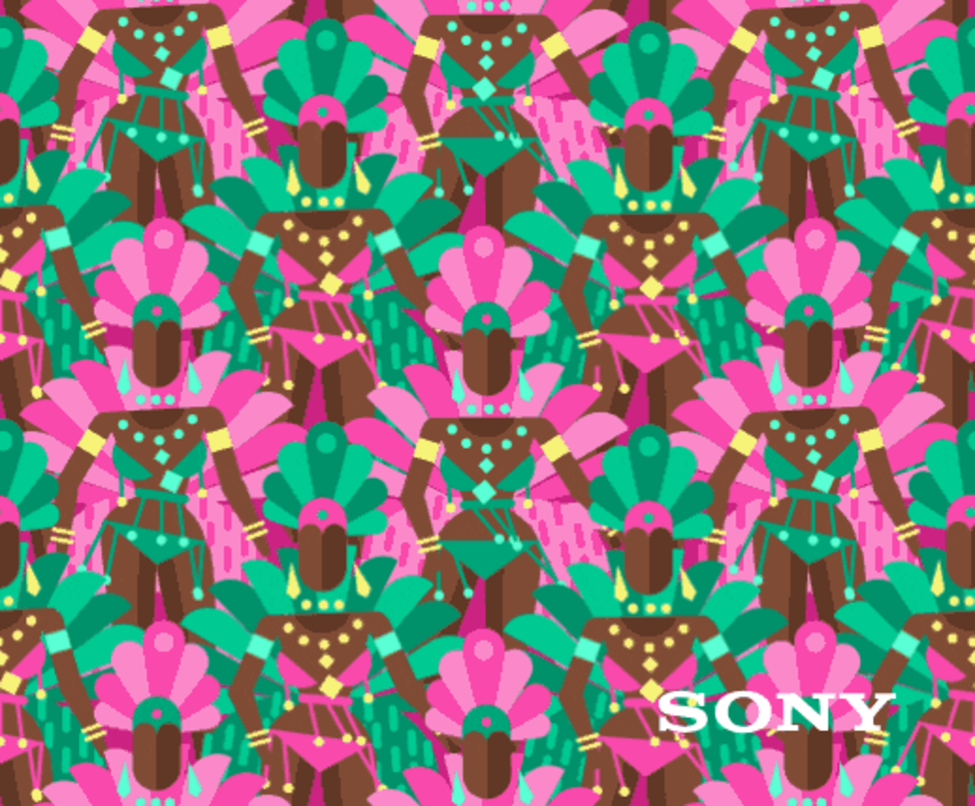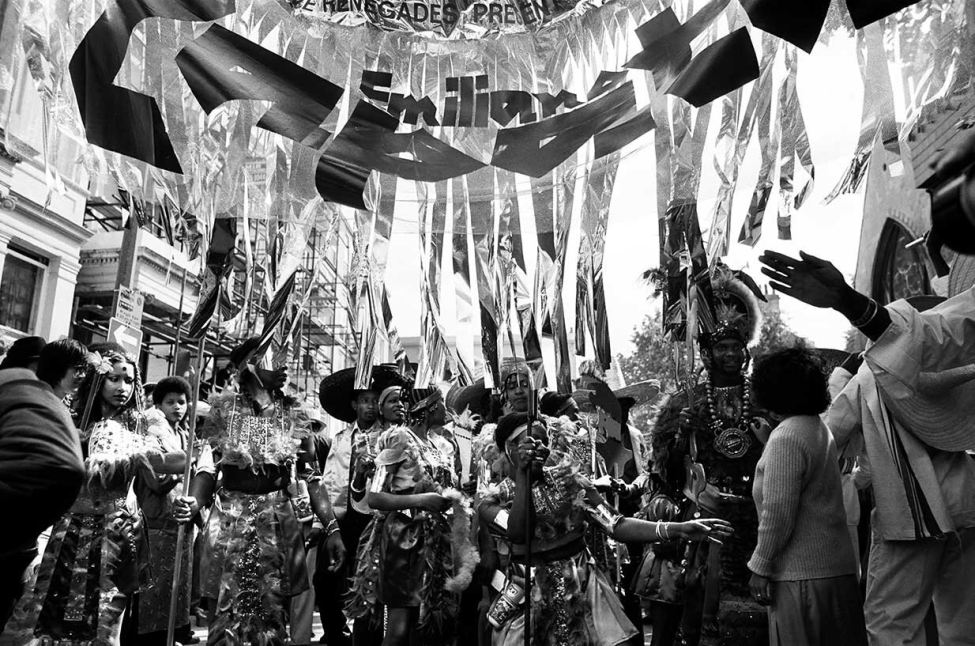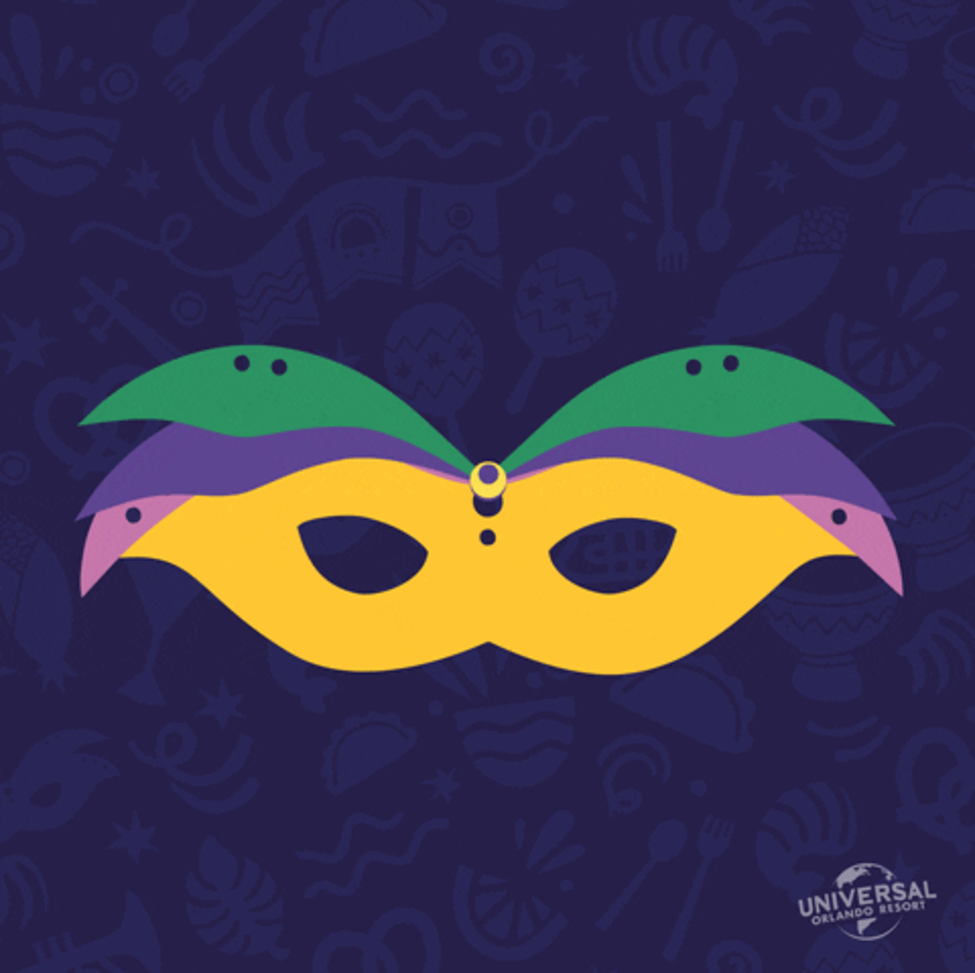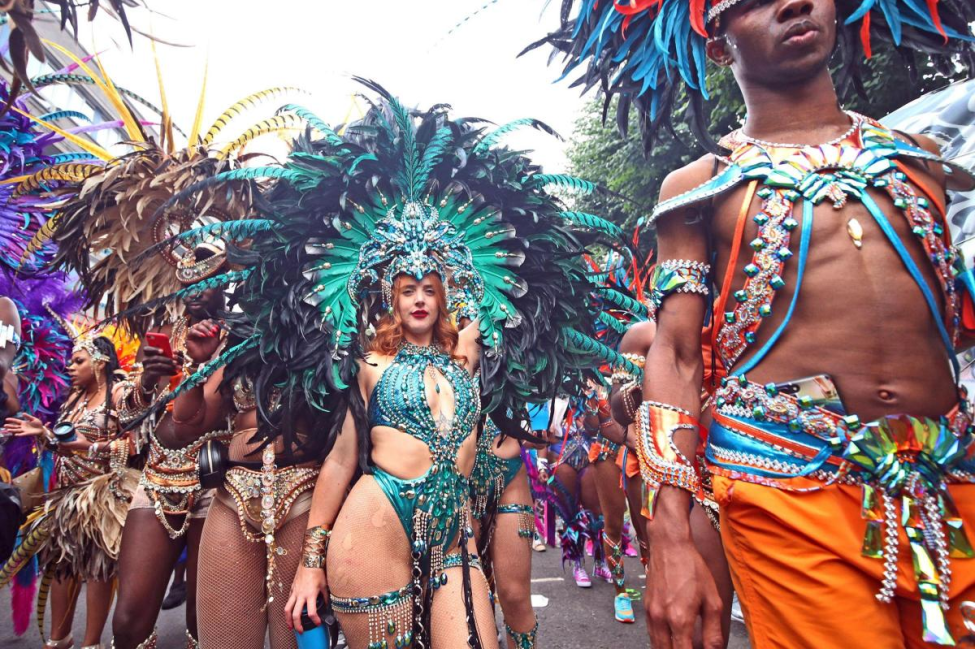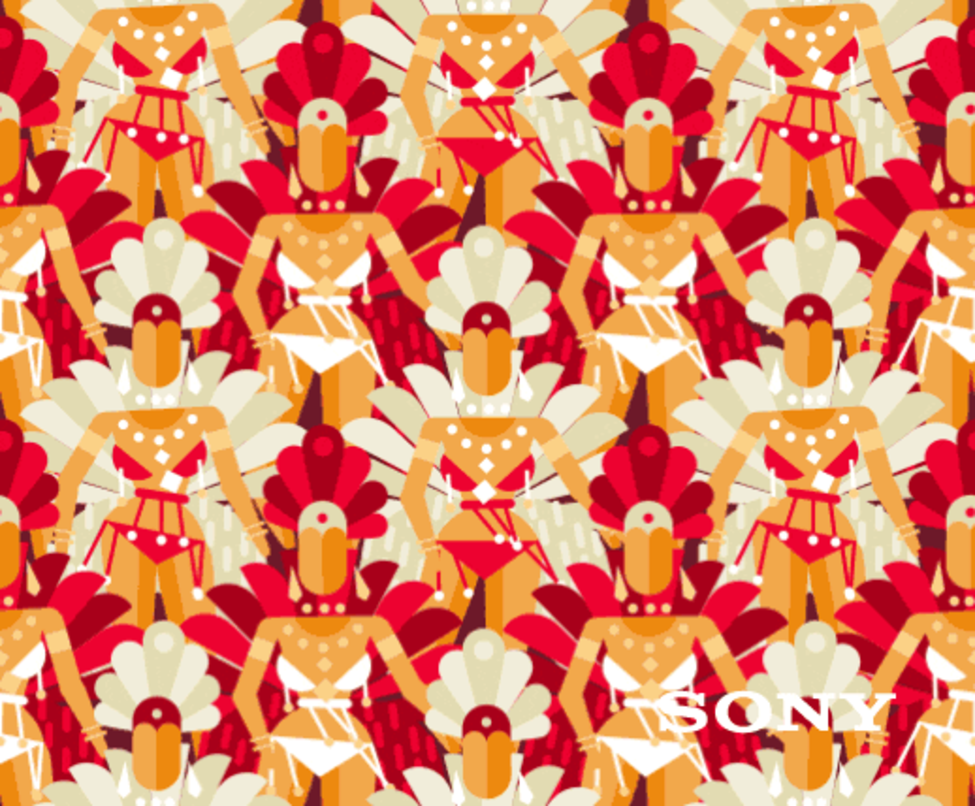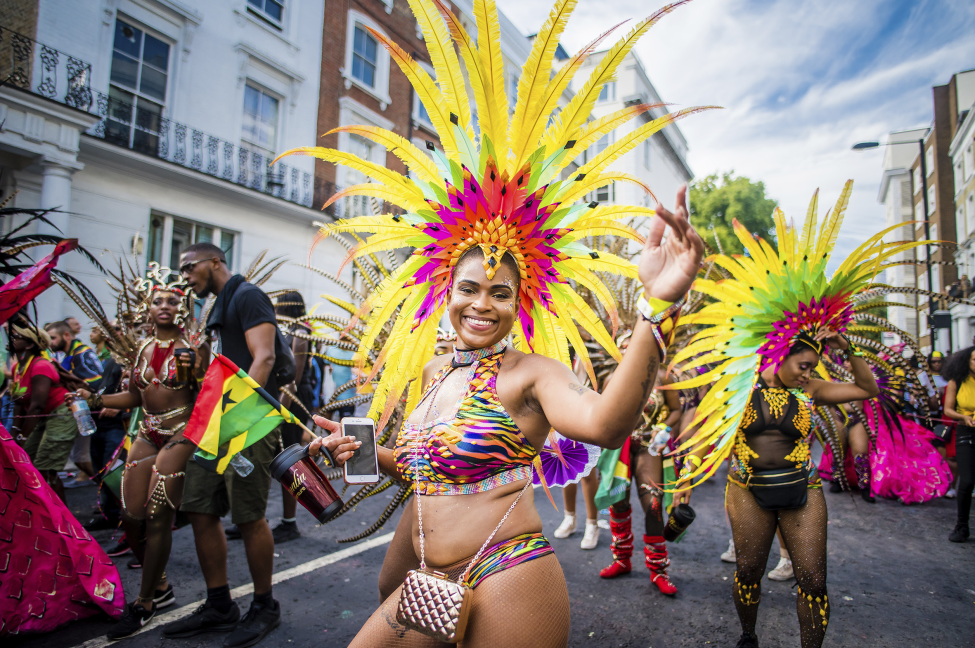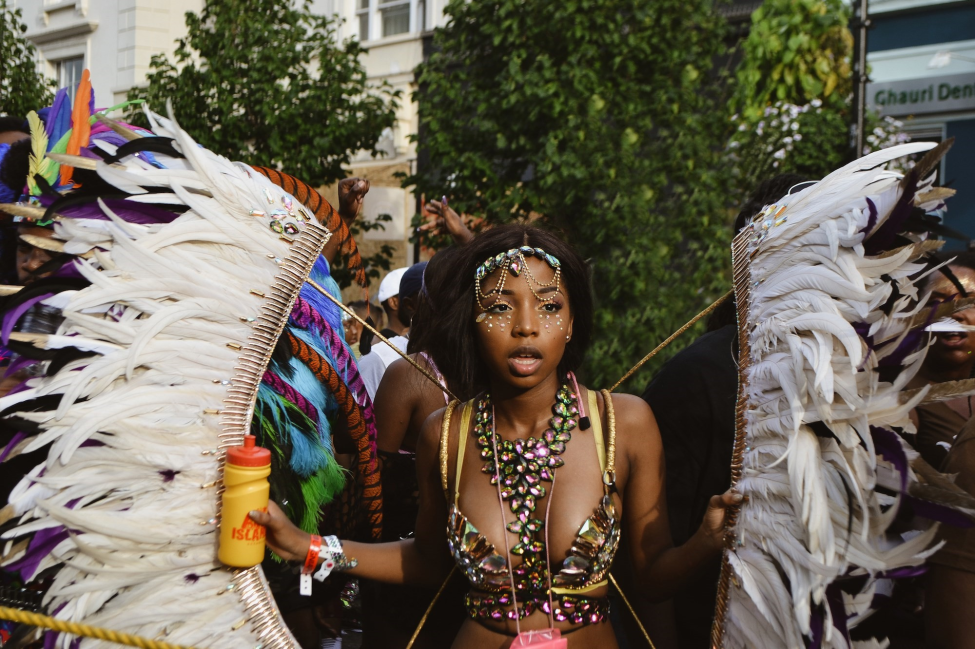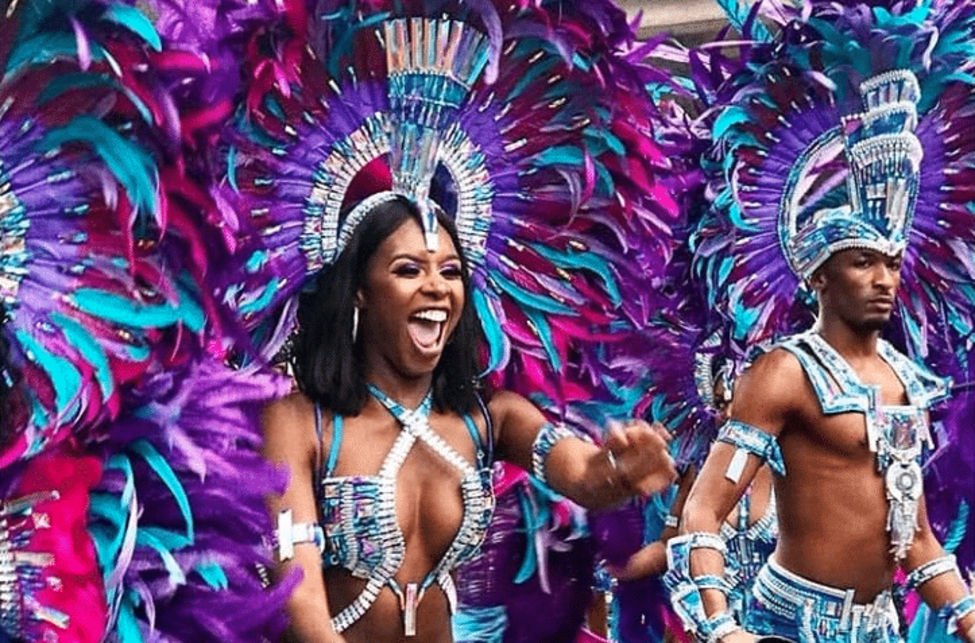Notting Hill Carnival
The Notting Hill Carnival, held in West London on August 28 this year, has become one of the biggest street festivals in Europe. It celebrates the British West Indian community and encourages cultural unity. In the ’60s, the festival sprang up as one way to address community unrest and improve racial relations.
